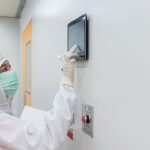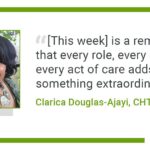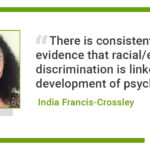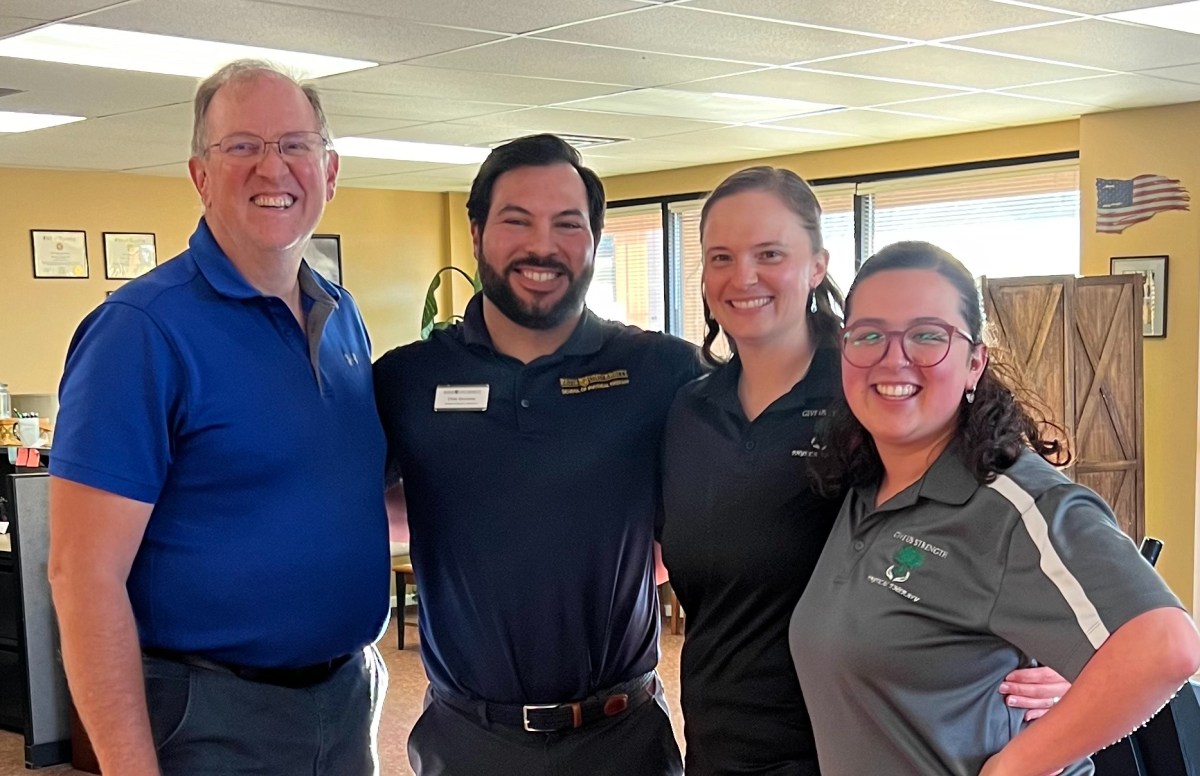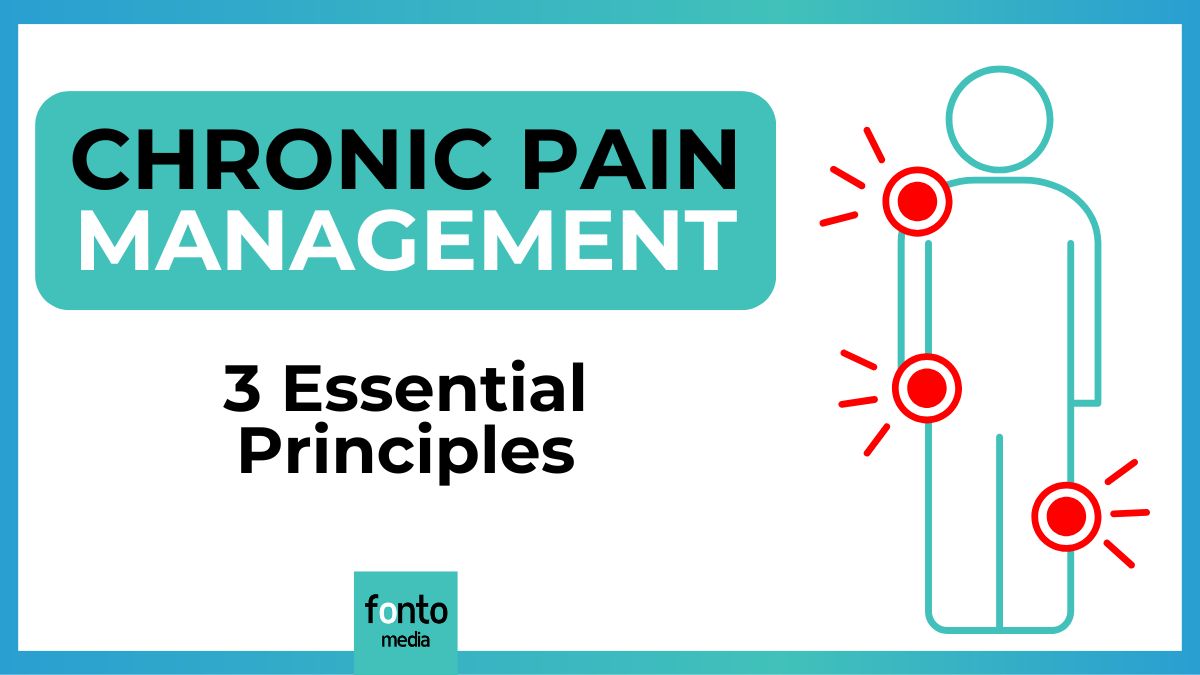The Regis Doctor of Physical Therapy (DPT) Class of 2026 has successfully completed their first clinical rotation since embarking on their physical therapy school journey last August. With placements spanning across the United States, our eager students dove headfirst into the world of hands-on patient care.

As a member of this cohort, I had the privilege of completing my rotation at a rural outpatient clinic in Cheyenne, Wyoming. The experience was transformative, starting with initial challenges in patient evaluations and charting, but culminating in a significant boost in confidence and clinical skills over the six-week period.
One of the most impactful lessons came from my clinical instructor emphasis on anatomy. Her mantra, “Understanding a muscle’s origin, insertion, and action unlocks a wide range of exercise possibilities,” became a guiding principle. This focus on foundational knowledge shifted my perspective from merely memorizing muscle tests and dosages to truly comprehending the underlying anatomical principles.
My experience was just one of many enriching stories from our class. Here are some valuable insights, practical advice, and important lessons from my classmates’ clinical rotations:
Mitchell Weinberg-Kinsey; President Class 0f 2026

- What setting did you complete your first clinical rotation in?
- Outpatient mixed MSK. In Riverton, WY.
- What was the biggest lesson you learned during this rotation?
- I have a lot more to learn in PT school before I am at the level of an entry-level practitioner who is prepared to treat the whole body. However, I will never be fully comfortable and confident in my first plan of care. I learned that even after school there will be patients that I’m unsure what to do for treatment, but that is the importance of having good objective measures. At the end of the day, a good PT only uses their clinical reasoning to come up with one plan of care and reassess after each treatment, week, and at each progress note to determine if any adjustments need to be made.
- What was the most valuable piece of advice your CI gave you?
- Imaging is a great tool and helps to diagnose and determine treatment; however, it is not everything. I saw a lot of potential errors in the reading of MRIs, which may be a side effect of working in a rural area, but I was also shown a study that in 100 patients with non-symptomatic knees, 70% or more will have some sort of meniscal tear. Even in “obvious presentations,” we always need to be critical as practitioners about how to approach treatment and how we talk about the cause of pain or injury.
- Did this experience expose you to any new specialties or areas of PT you’re now interested in?
- I was exposed to LSVT Big therapy in this rotation, which is a specific type of Parkinson’s treatment. This treatment is incredibly intense, as it requires four sessions a week for four straight weeks and home exercise once to twice per day. While I was skeptical of this type of therapy at first, the results with Parkinson’s patients spoke for themselves. Before the LSVT program, my patient had given up on writing, many household chores, walking outside, and was sleeping very poorly. After her four weeks, she stated she was sleeping better, waking up when she wanted to, and was able to write notes and letters as well as fold a king-size sheet, which was “impossible” before.
- What advice would you give to students about to start their first clinical rotation?
- Trust what you know and be ready to treat patients. I was caught off guard when, on day 2, my CI gave me patients to work with independently. I felt very unconfident at first that this was something I was ready for, but over the six weeks, I found that getting thrown into treatment was the best thing for my learning, and I was way more prepared to treat patients than I thought. CE is very different from shadowing; you know more than you think, and your treatment is valuable.
Katherine Cory; Vice-President Class of 2026
- What setting did you complete your first clinical rotation in?
- My first clinical experience was in an out patient MSK clinic in rural Wyoming.
- What was the biggest lesson you learned during this rotation?
- The most significant insight I gained from my clinical experience is the importance of self-assurance in one’s abilities and expertise. While the transition from being a patient or technician to a future clinician in a clinical setting can be daunting, Regis’ comprehensive curriculum has thoroughly prepared us for this role.
- What was the most valuable piece of advice your CI gave you?
- The most valuable piece of information my CI gave me was “it takes time and repetitions.” This was in response of feeling flustered during evals and not having the best timing/ smoothness that I would have liked. It was a nice reminder that I am still learning and just starting my career, and that flow during evals will be found with time.
- Did this experience expose you to any new specialties or areas of PT you’re now interested in?
- Some other areas of PT that I was exposed to during my CE experience was pelvic health therapy and geriatric care. I was able to shadow/observe a few pelvic health sessions, and it helped me learn more about it and garnered my interest.
- What advice would you give to students about to start their first clinical rotation?
- Some advice that I would give people going into their first clinical experience is go in with a growth mindset. Use this opportunity to push yourself in your skill set, patient communication skills, and try to learn and absorb as much as you can. Six weeks is a short amount of time but don’t be overwhelmed and be clear with your CI about your goals because they want you to be successful.
Fabian Gutierrez; SPT Class of 2026

- What setting did you complete your first clinical rotation in?
- I completed my rotation in an inpatient setting at a level two trauma hospital in Denver. I worked across various floors, each categorized by the intensity of care required by patients: ICU, PCU, MET TELE, and MOT.
- What was the biggest lesson you learned during this rotation?
- The biggest lesson I learned was that people are incredibly resilient. Never make assumptions, and always be intentional in your actions with both patients and your team. The hospital environment is fast-paced and constantly changing. Having a plan, communicating effectively, and following up are essential for both your success and that of your patients.
- What was the most valuable piece of advice your CI gave you?
- My CI told me, “School is school, but when you’re out in the world, patients don’t care about the pedigree of your education. They appreciate a people person. Connect with the human first, and the application of your education will sharpen with time and experience.”
- Did this experience expose you to any new specialties or areas of PT you’re now interested in?
- My CI used to oversee the burn and wound care unit at the hospital, but unfortunately, that unit no longer existed when I was there. However, he described the experience to me. Trauma care is unique, and as a PT, it would have been interesting to see how my scope of practice could apply to this population.
- What advice would you give to students about to start their first clinical rotation?
- Advocate for yourself! On my first day, I told my CI that I didn’t want the experience to be purely observational—I wanted to be hands-on and eventually take the lead on evaluations and treatments. After working together for a while, he was able to assess my skill level and delegate responsibilities that challenged me and helped build my clinical reasoning and confidence. This approach worked well for me, but I’ve talked to classmates who preferred to observe for longer before getting hands-on, and that’s okay too. Everyone learns at their own pace, and this experience is essential to our growth. Making mistakes is part of that process, and it will only make you better in the long run.
The first clinical experience has ignited our passion for physical therapy and reinforced our commitment to becoming skilled, compassionate practitioners. We’re excited to apply these real-word insights to our ongoing studies and future rotations!
